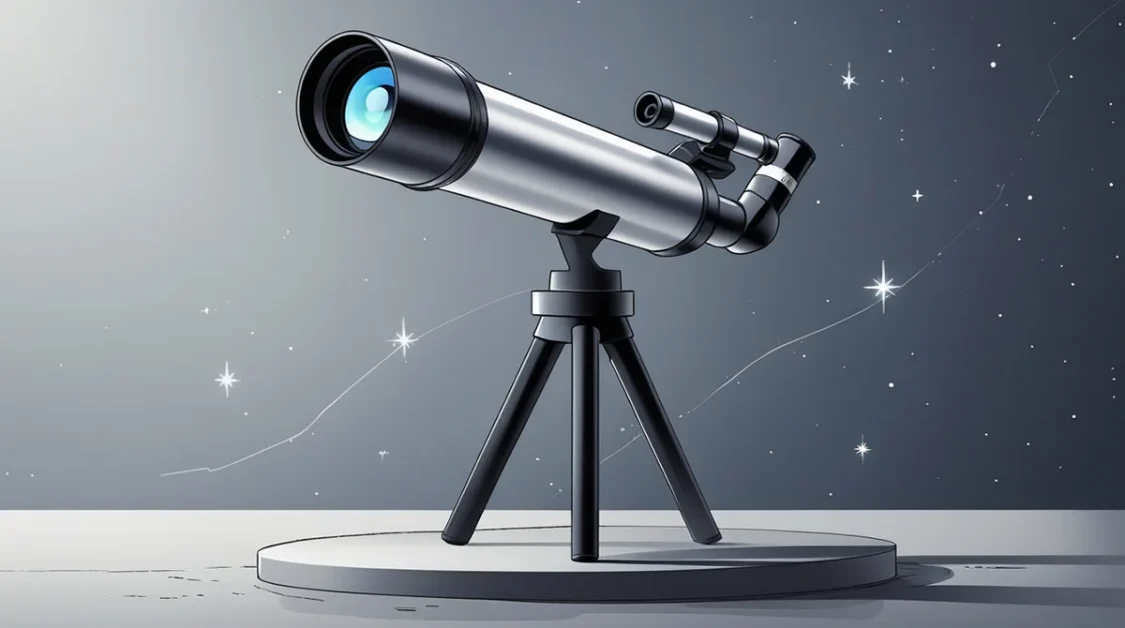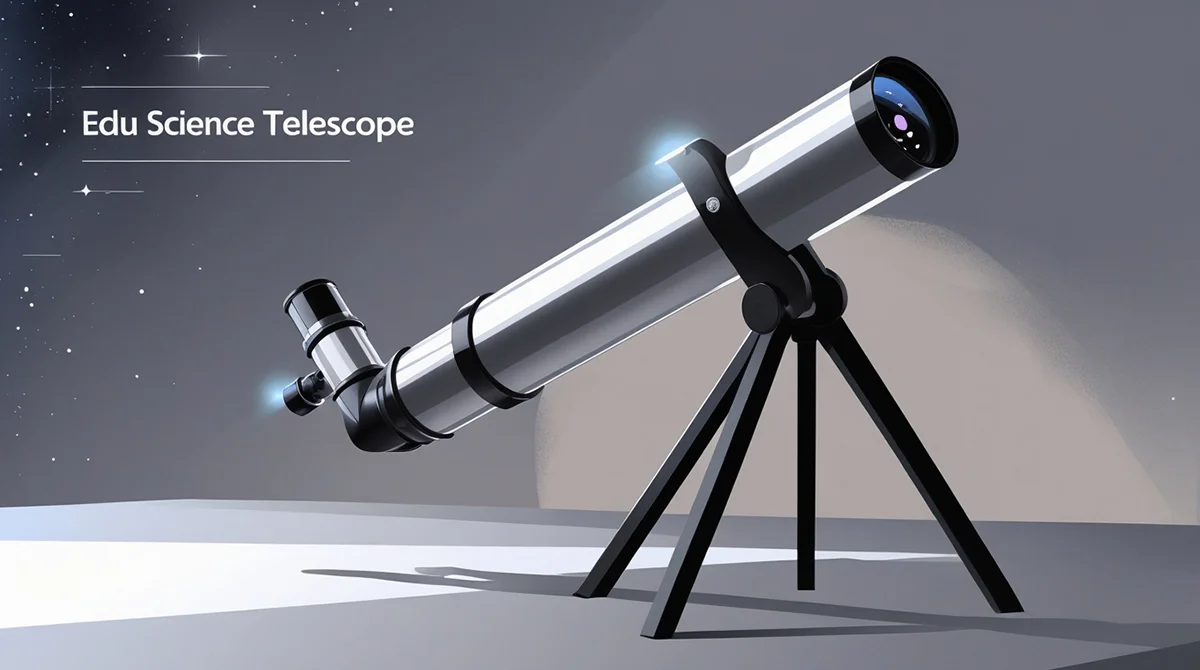Gazing at the night sky has always fascinated people. The twinkling stars, the glowing moon and the distant planets invite us to explore the universe. For beginners, especially children, a telescope can be the perfect tool to start this journey. One such option is the Edu Science Telescope, designed to make stargazing accessible and enjoyable.
What is the Edu Science Telescope?
The Edu Science Telescope is an educational tool aimed at young astronomy enthusiasts. It’s crafted to be user-friendly, making it suitable for those new to observing the night sky. With this telescope, users can get a closer look at celestial objects like the moon, stars and some planets.
Key Features
- Design: The telescope is lightweight and portable, allowing for easy setup and transport. This means you can take it to different locations to find the best stargazing spots.
- Optics: Equipped with a 50mm glass lens and a 360mm focal length, it provides clear views of the night sky. The package includes two glass eyepieces, offering different levels of magnification to suit various observations.
- Tripod: An aluminum tabletop tripod is included, providing stability during observations. This ensures that the telescope remains steady, giving you a clear and focused view.

Setting Up the Telescope
Assembling the Edu Science Telescope is straightforward:
- Tripod Setup: Place the aluminum tripod on a stable surface. Ensure all legs are evenly spread to provide a firm base.
- Mounting the Telescope: Attach the telescope tube to the tripod securely. This connection should be tight to prevent any movement during use.
- Inserting the Eyepiece: Choose an eyepiece and insert it into the focuser. Start with the lower magnification eyepiece to get a broader view, making it easier to locate objects.
- Adjusting the Focus: Point the telescope toward a bright object, like the moon. Use the focus knob to sharpen the image until it becomes clear.
Observing the Night Sky
With the Edu Science Telescope, beginners can observe:
- The Moon: Detailed views of lunar craters and maria (the dark plains on the moon’s surface).
- Planets: Depending on their position, you might catch glimpses of Jupiter’s moons or Saturn’s rings.
- Stars: While individual stars will appear as points of light, you can observe star clusters and perhaps even some nebulae under dark skies.
Tips for a Better Experience
- Choose the Right Time and Place: For the best views, select a night with clear skies. Avoid areas with heavy light pollution; the darker the surroundings, the more you’ll see.
- Be Patient: Astronomy requires patience. Spend time adjusting the focus and allow your eyes to adapt to the darkness.
- Use a Star Map: A simple star map can guide you to various celestial objects. There are also smartphone apps that can assist in locating stars and planets.
Maintenance and Care
To ensure the longevity of your telescope:
- Keep It Clean: Dust can accumulate on the lens. Use a soft, lint-free cloth to gently wipe it. Avoid touching the lens with your fingers, as oils can smudge the glass.
- Store Properly: When not in use, cover the telescope to protect it from dust. Store it in a cool, dry place to prevent any potential damage.
- Handle with Care: While the telescope is designed for beginners, it’s still a precision instrument. Handle it gently, especially during transport.
Conclusion
The Edu Science Telescope offers a wonderful introduction to the world of astronomy. Its user-friendly design and quality optics make it a suitable choice for young explorers eager to learn about the universe. With proper care and a bit of patience, this telescope can provide countless nights of educational and awe-inspiring experiences under the stars.










